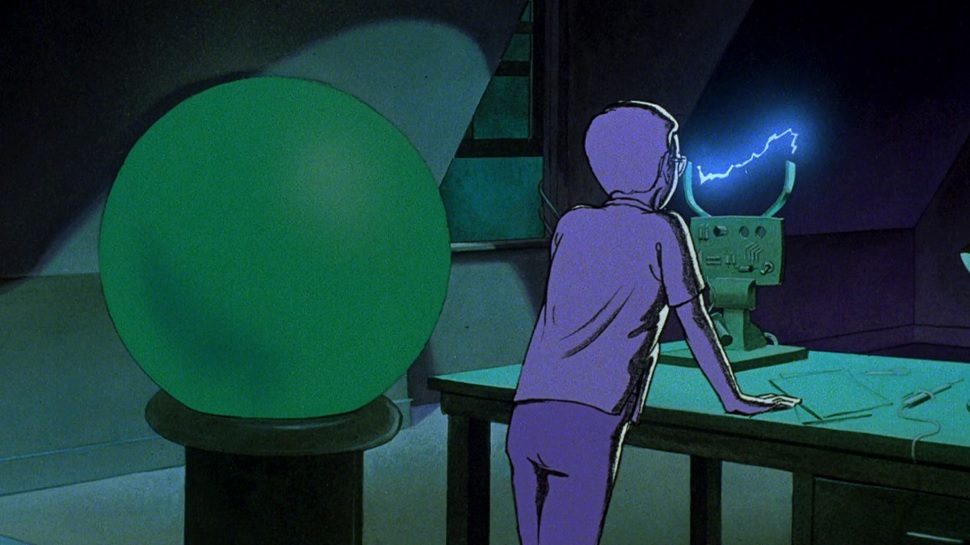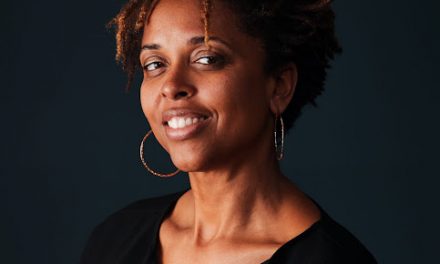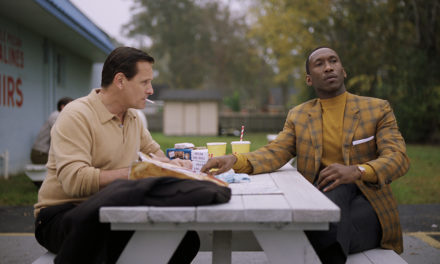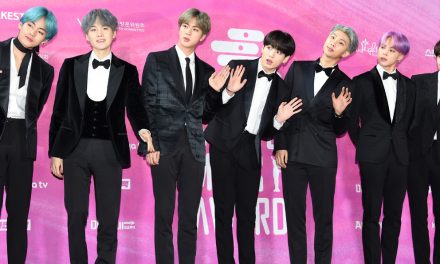
Courtesy of IMDB
This article is an installment of a series that explores art that has aged poorly.
“Heavy Metal” is a chaotic masterpiece that earned its place in history for being one of the first animated films to champion adult themes, like nudity, drug use and gore. Based on the American science fiction magazine of the same name, “Heavy Metal” follows an evil green orb called the Loc-Nar that travels the galaxy causing mayhem. It enters the lives of a misanthropic New York cabbie, a hotshot space pilot and a trio of stoner aliens, among a few other oddballs. You may not have heard of “Heavy Metal,” but you may recall a Netflix show called “Love, Death & Robots” that came out in March of this year. It’s an anthology of animated shorts that share the themes of romance, mortality and future technology. The series tried to be bizarre for bizarre’s sake, but sparked lots of controversy in the process for its portrayals of sex that border on pornographic. The NSFW Netflix series was actually intended to be a modern reboot of “Heavy Metal,” yet without some of the more problematic representations of women. Despite this, the original was more lighthearted and fun, while the newer version was gratuitous and gritty. On this level, they are quite different from one another and this makes it hard to compare the two.
I first learned about the elusive film “Heavy Metal” from an episode of “South Park,” in which the character Kenny gets high off of cat pee and imagines himself flying on a winged dinosaur with a naked lady. I did not get the reference at the time, but the song that played during the scene — “Takin’ a Ride” by Don Felder — stuck with me. As a fan of heavy metal music, I was immediately drawn to the concept of an animated film with a heavy metal soundtrack. When I finally got around to watching it for myself, it was eye-opening.
I found “Heavy Metal” to be incredibly entertaining, yet couldn’t shy away from the fact that its depictions of women are highly sexualized and misogynistic. Early on in the film, a female character known simply as Girl (voiced by Caroline Semple) has to be saved from danger by the cabbie, a stereotypical “damsel in distress” situation. It also doesn’t help that Girl later repays him for saving her with sex, playing into the objectification of women. This theme is cemented by a lack of characterization of Girl beyond her helplessness and tendency to flee at the slightest hint of trouble. At the end of that particular episode, Girl turns against the cabbie so that she won’t have to share their newly found fortune. She can’t be all that helpless if she is willing to do this, but the issue is that her bravery is only an extension of her greed. It seems unfair that, by the end, Girl has no redeeming qualities and has become a caricature of a conniving, manipulative lady.
The final chapter of the anthology follows Taarna, a warrior princess whose mission is to destroy the Loc-Nar. In this sequence, we get the iconic shot of a half-naked lady riding on the back of a pterodactyl (and the reference in “South Park” finally clicked). Perhaps, this chapter is meant to be empowering to women because Taarna is a sword-wielding badass who faces off against the Loc-Nar alone, but I’m not really sure what the director was going for. Even if Taarna did save the world, why did she have to be wearing booty shorts while doing it? Was she half-naked per her own choice or to satisfy the gaze of her animators and the audience?
“Heavy Metal” has not aged well, and the critics’ consensus on Rotten Tomatoes calls it “sexist, juvenile, and dated.” Nevertheless, something about displaying mature topics in animated form has struck a chord with Americans. The acclaim of “Love, Death & Robots” proves that we can’t get enough of cartoon violence and nudity. If I were to compare the two anthologies, the newer series seems to have self-awareness on its side, and thus dials down the sexism quite a bit, although it is still present. “Heavy Metal” still holds a place in my heart, but I feel like it’s best to leave it in the past.
Noah Whitfield (20C) is from Johannesburg, South Africa, majoring in creative writing and minoring in Spanish. His interests include making music, writing scripts and watching movies. Contact Whitfield at noah.christopher.whitfield@emory.edu.





